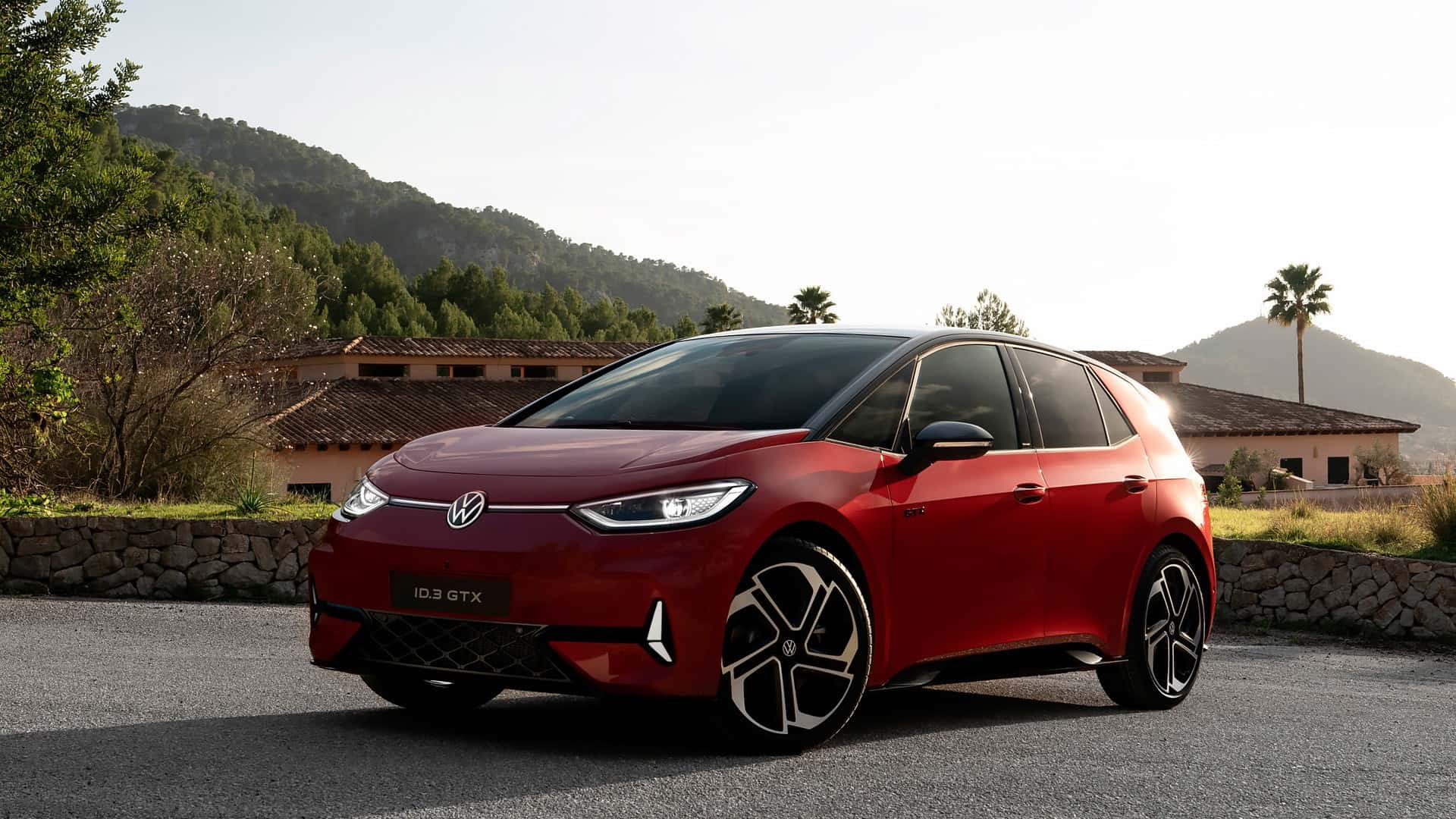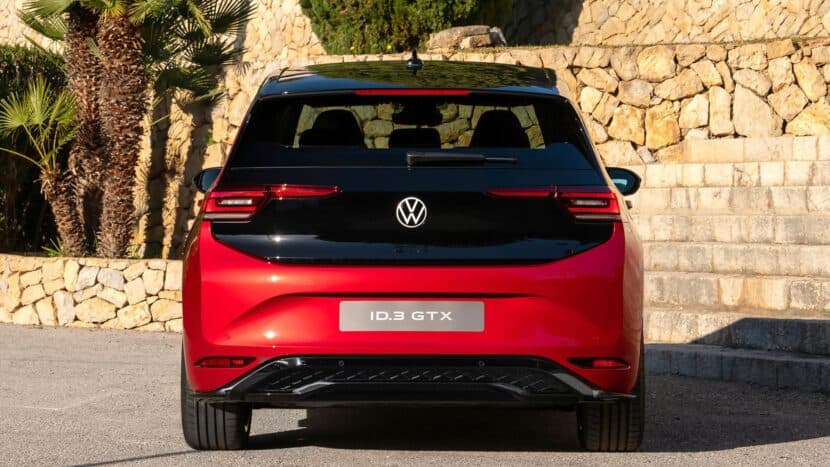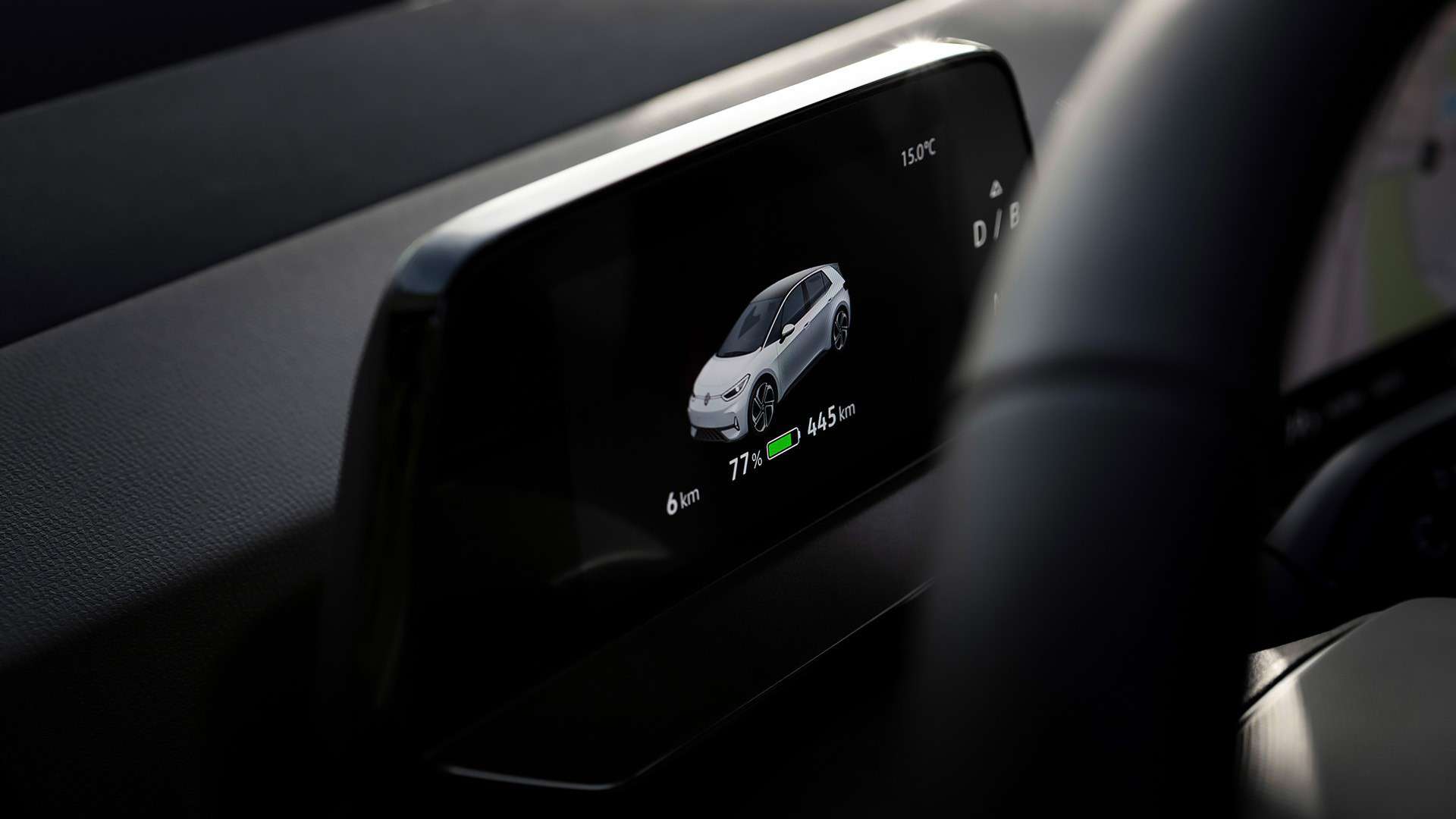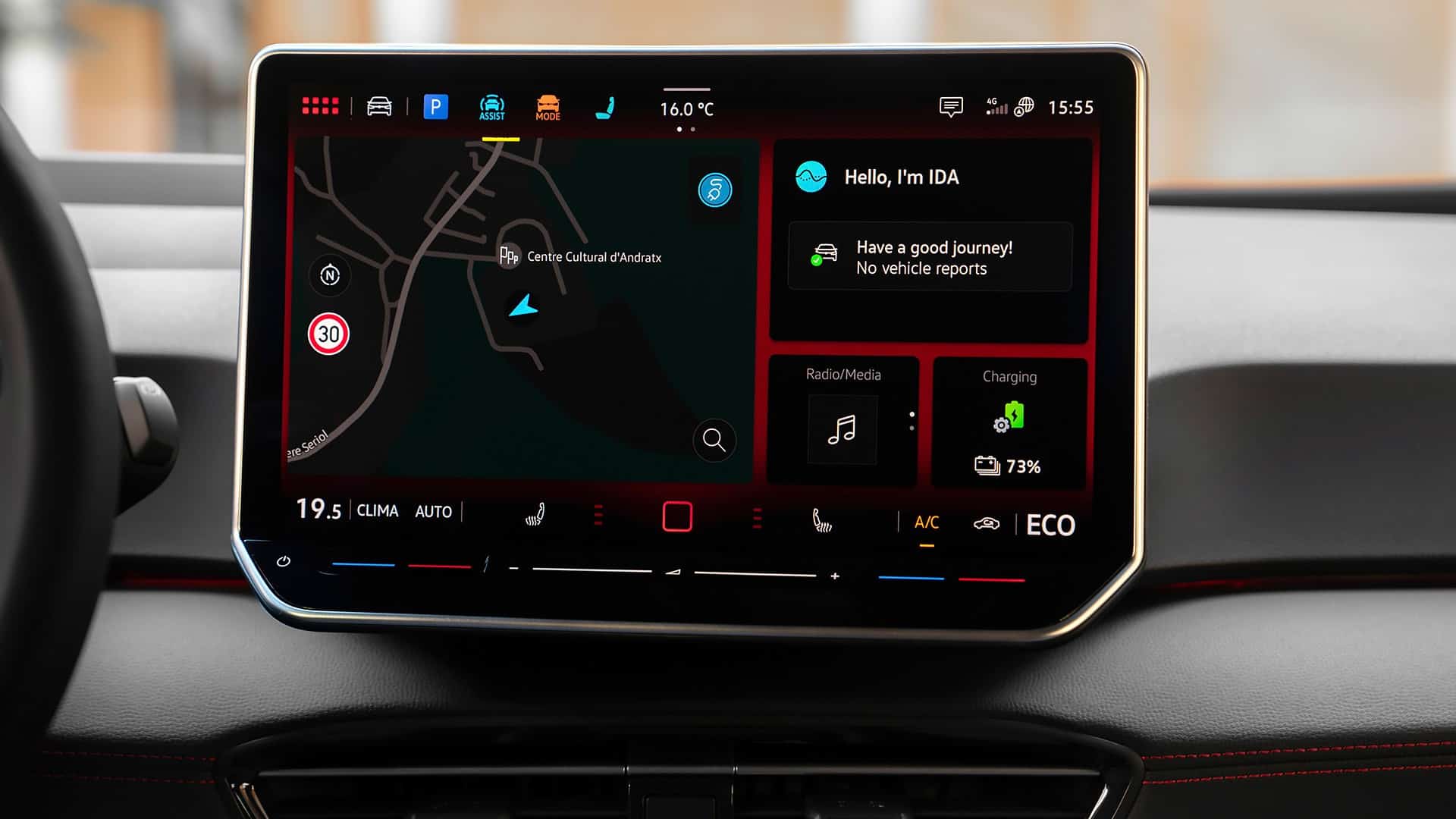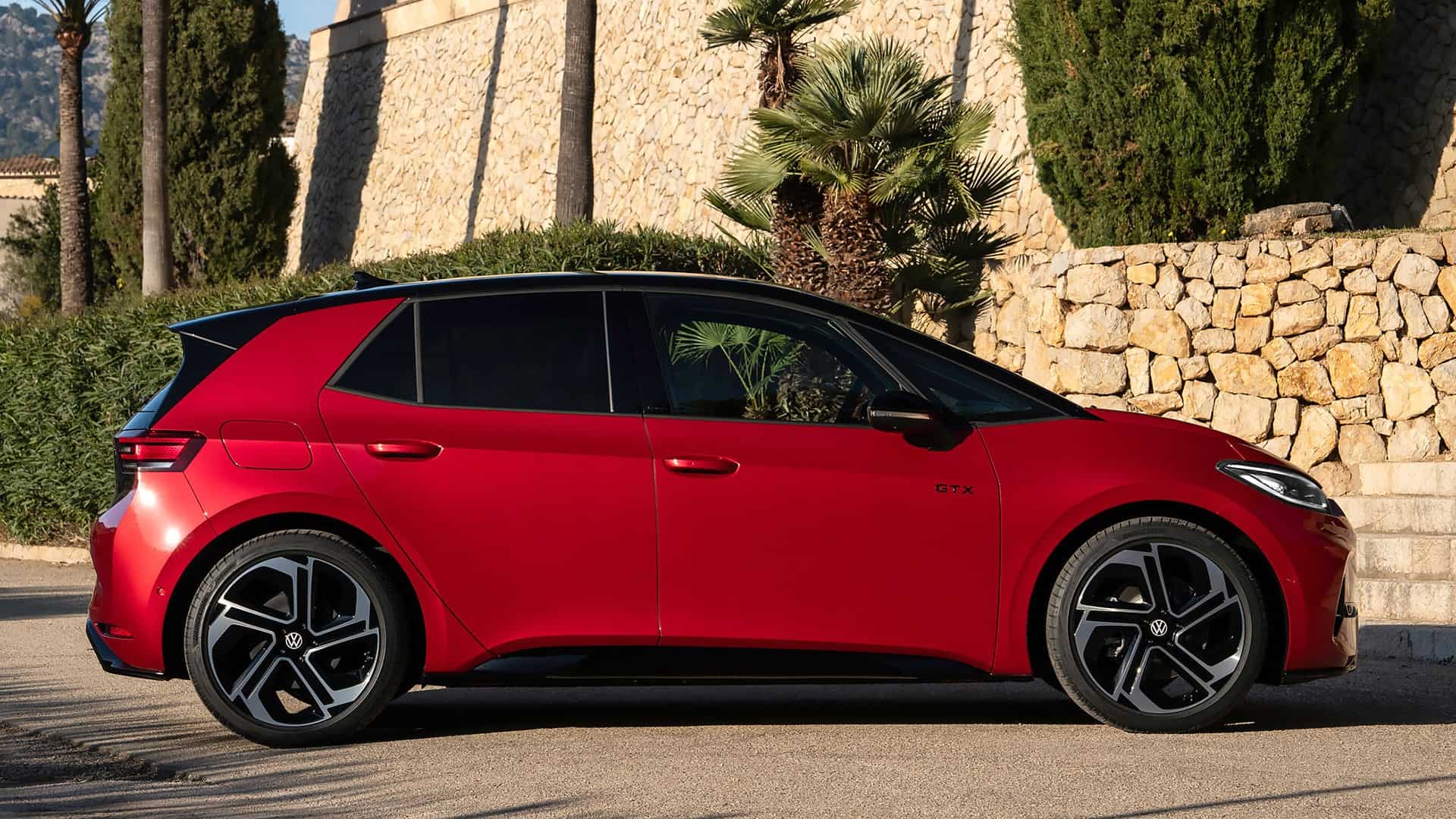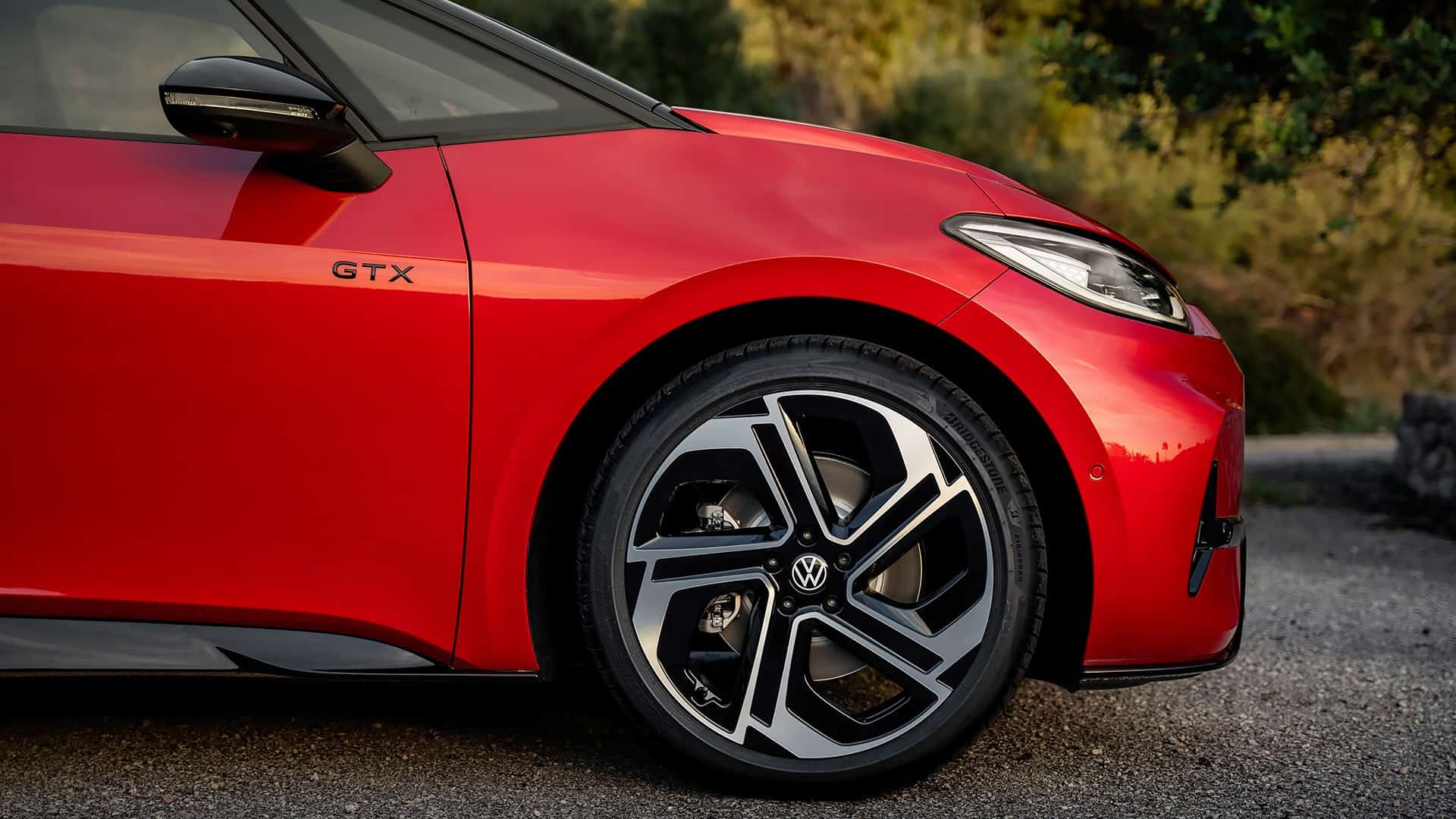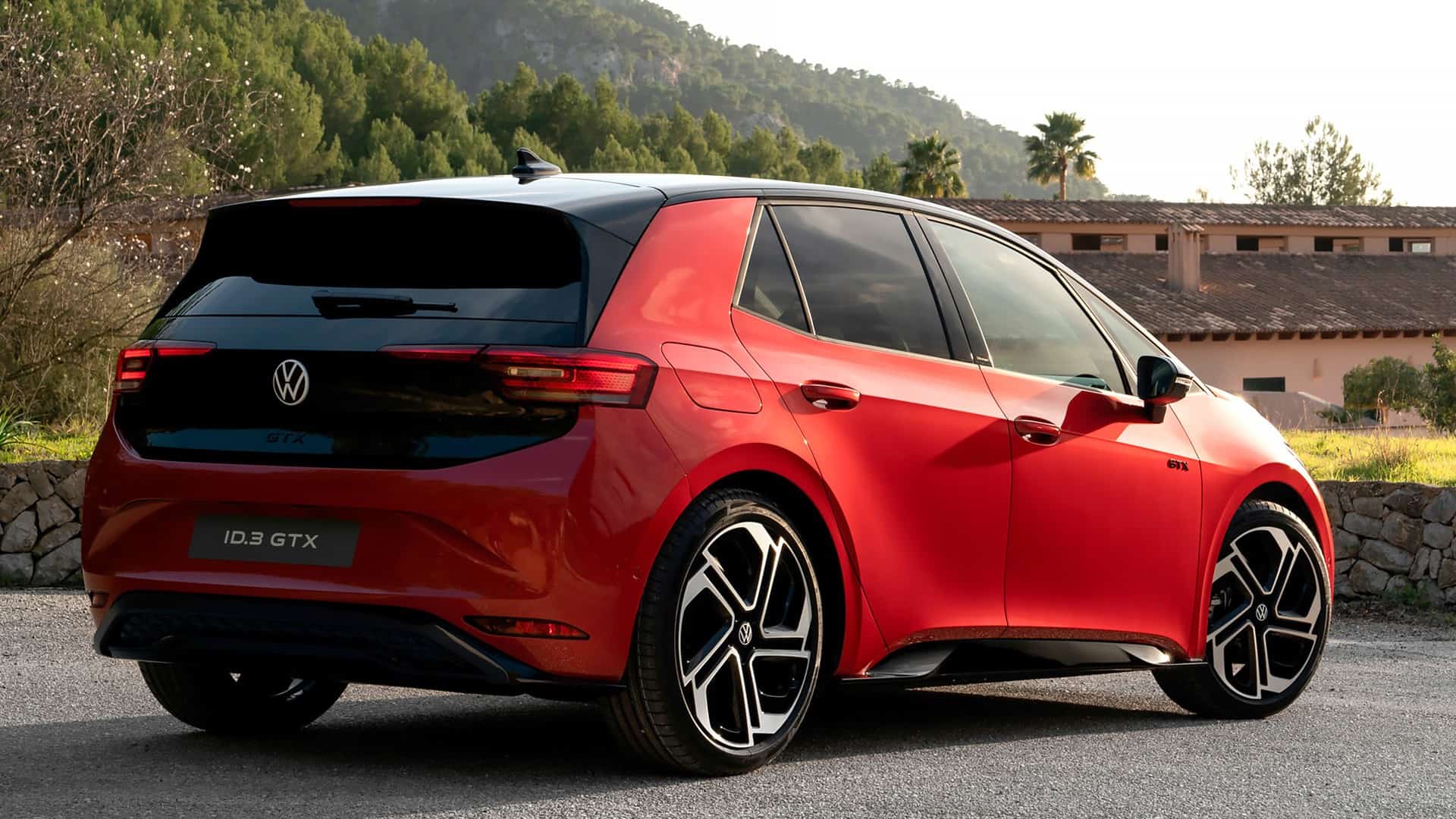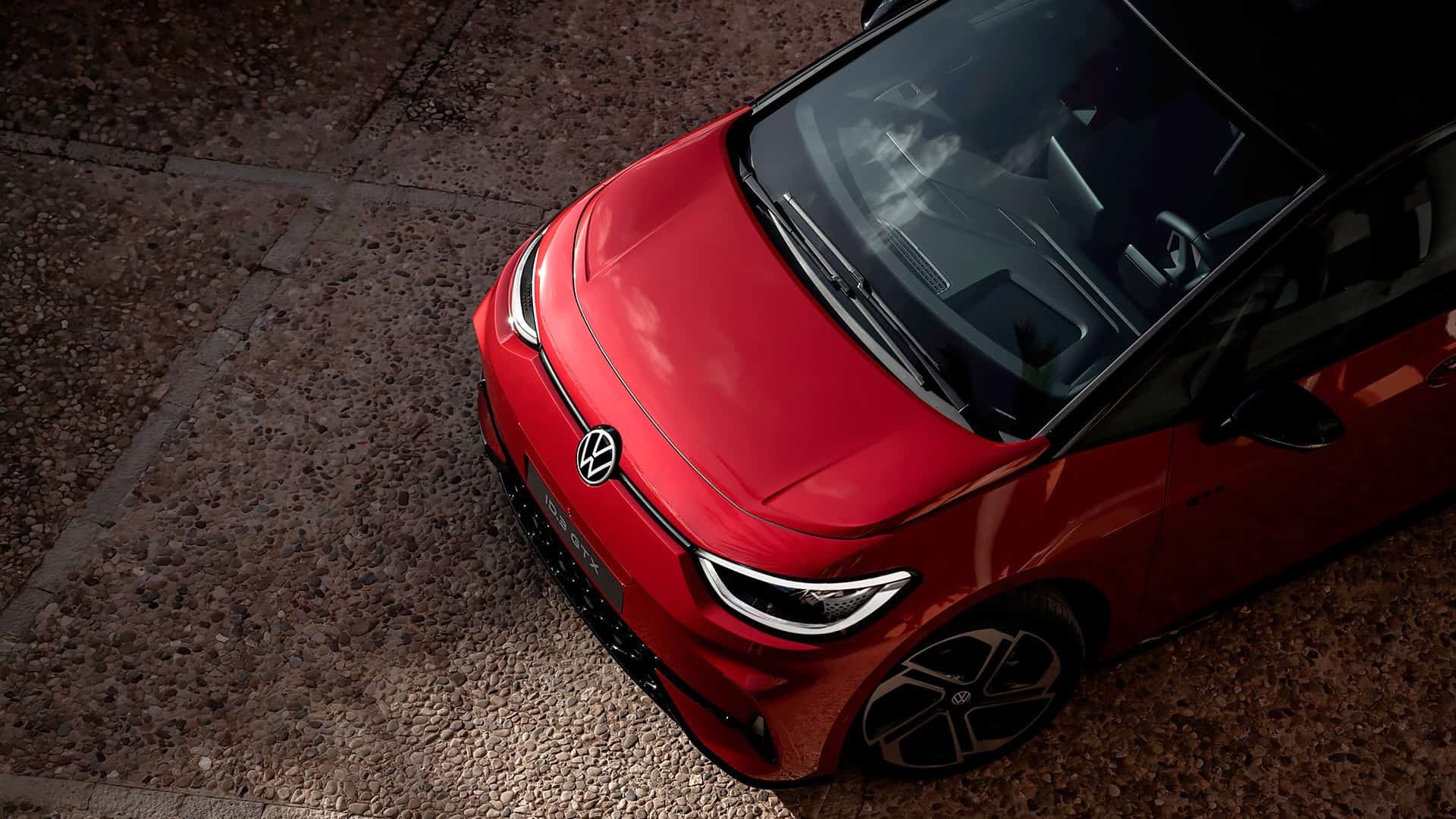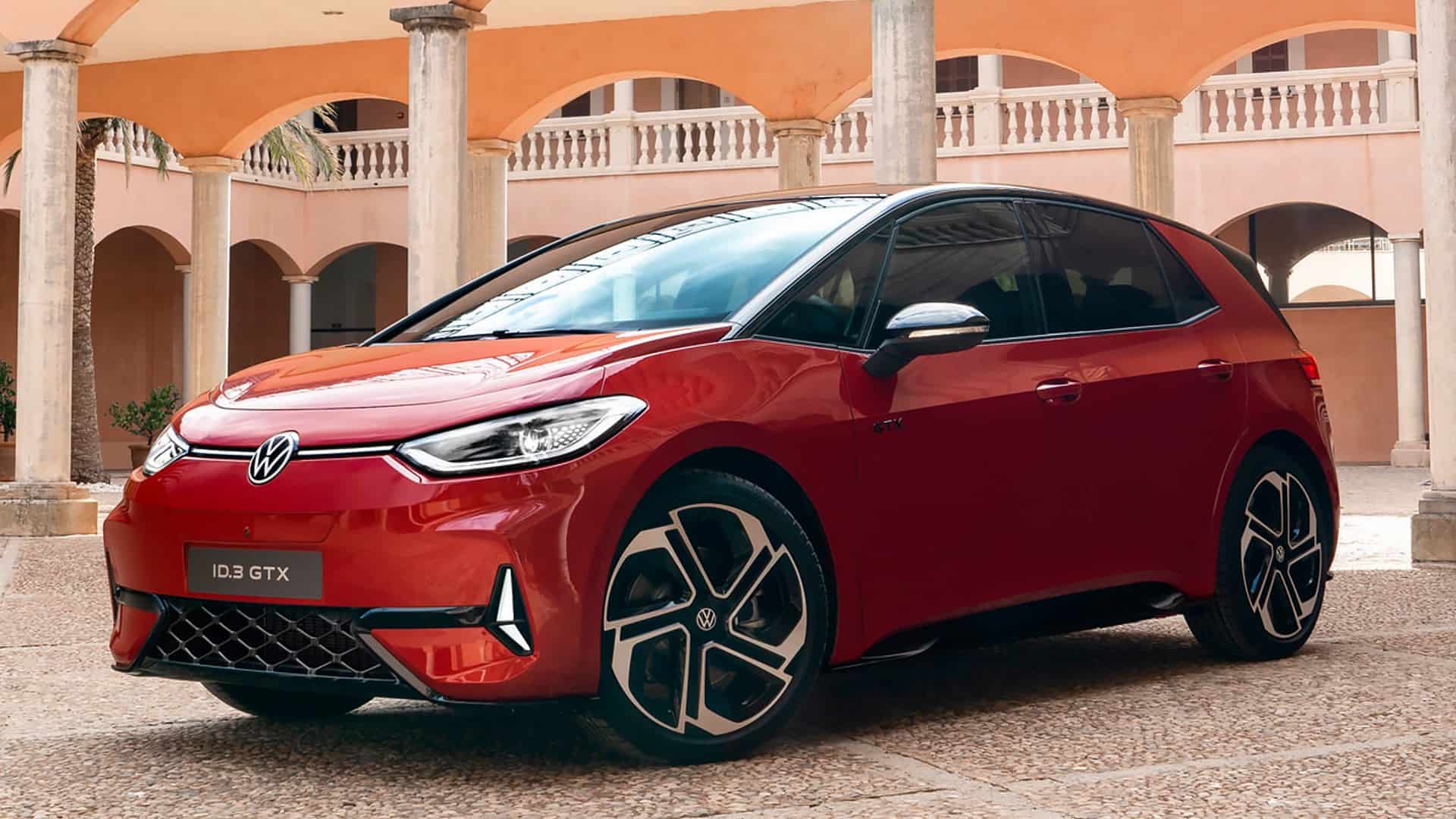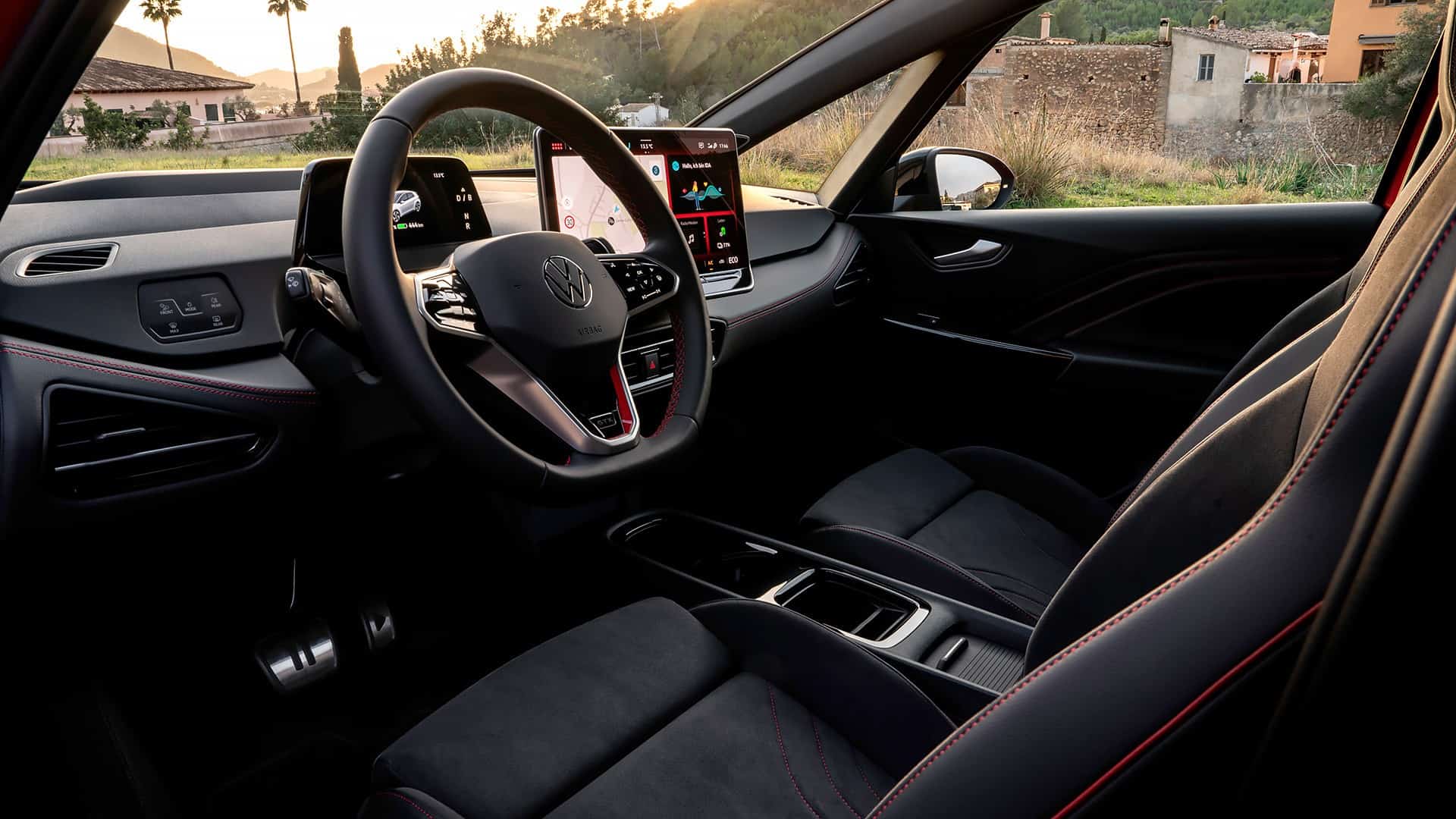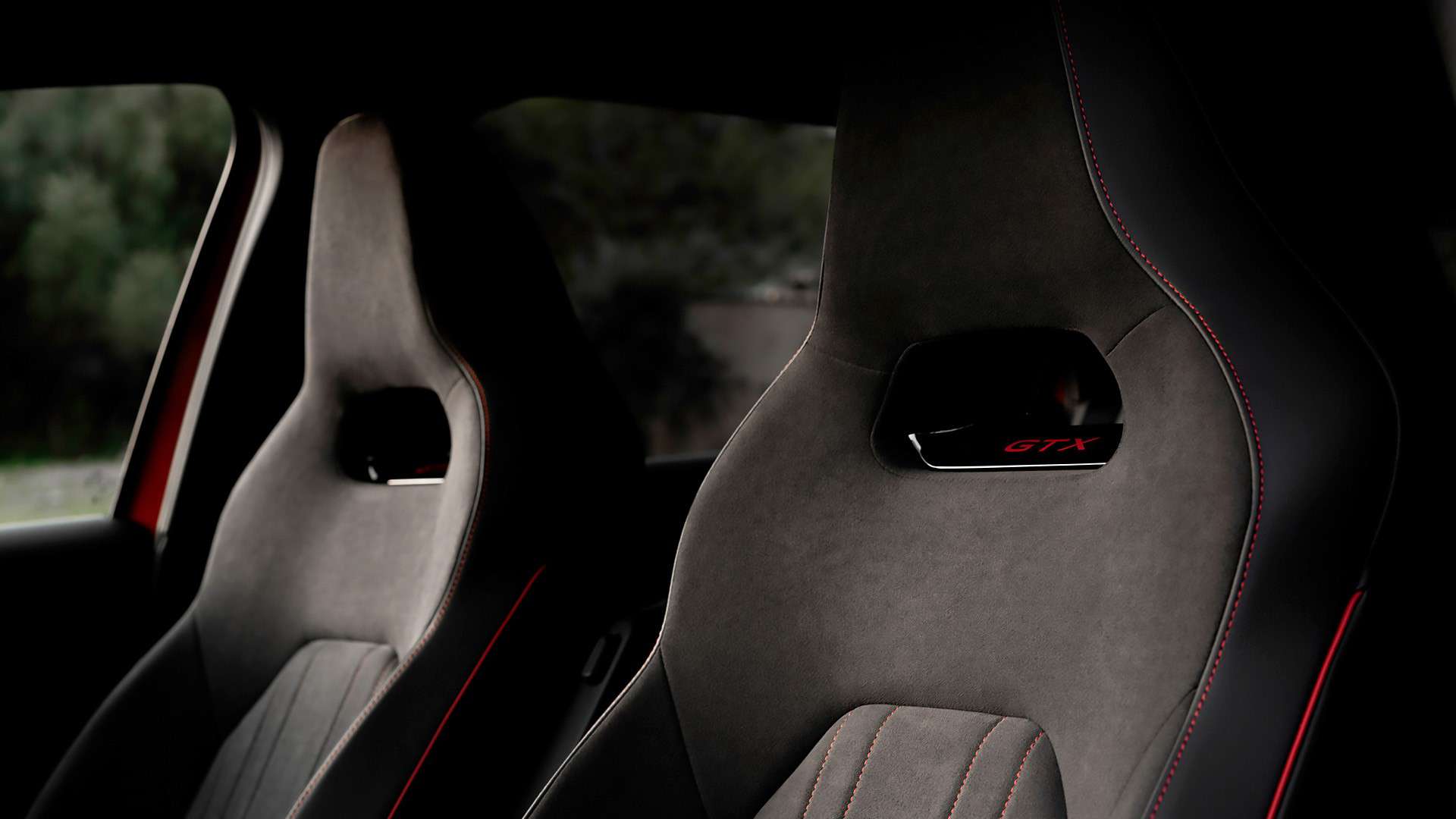BMW ended production of the i3 in 2022 after making about 250,000 cars over nine years. A direct replacement is not planned but an entry-level electric car on the Neue Klasse platform is rumored to arrive as the i1 in 2028. In the meantime, Volkswagen is launching its very first electric hot hatch – the ID.3 GTX.
The ID.3 is a bigger car than the i3 was, and now it’s packing more power than ever before. Still a rear-wheel-drive EV with a single motor, the GTX gets 282 hp and 402 lb-ft (545 Nm). That’s already a lot more than what the defunct i3s had (181 hp and 199 lb-ft / 270 Nm), but VW also has a stronger GTX Performance version. It lifts output to 322 hp and the same 402 lb-ft (545 Nm) torque as the standard GTX.
Of course, it’s not fair to compare the i3s with the ID.3 GTX since the former is already seven years old. EV technology has massively progressed since then. Take for example BMW’s own iX1 and iX2 models, which have 201 hp in single-motor guise (eDrive20) and 308 hp for the dual-motor model (xDrive30). It would be great to have a small hatchback with these two powertrains, but there are no signs it could happen anytime soon.
VW says the ID.3 GTX does 0 to 100 km/h (62 mph) in 6.0 seconds, or in 5.6 seconds for the Performance variant. The latter also has a higher top speed (200 km/h or 124 mph instead of 180 km/h or 111 mph). Stepping up to the beefier variant gets you wider tires (235 vs 215) for the 20-inch wheels. Both GTXs have a 79-kWh battery with enough juice for 600 kilometers (373 miles) of range. The i3s had a much smaller 37.9-kWh pack whereas the iX1 and iX2 share a 64.7-kWh battery.
In 2024, there still aren’t that many electric hot hatches on sale. We can’t think of others aside from the Abarth 500e and the MG4 XPower but MINI will add a JCW version of the Electric 3-Door hatchback late this year. In addition, an Alpine A290 is due in the months to come as a high-performance version of the reborn Renault 5.
Source: Volkswagen


